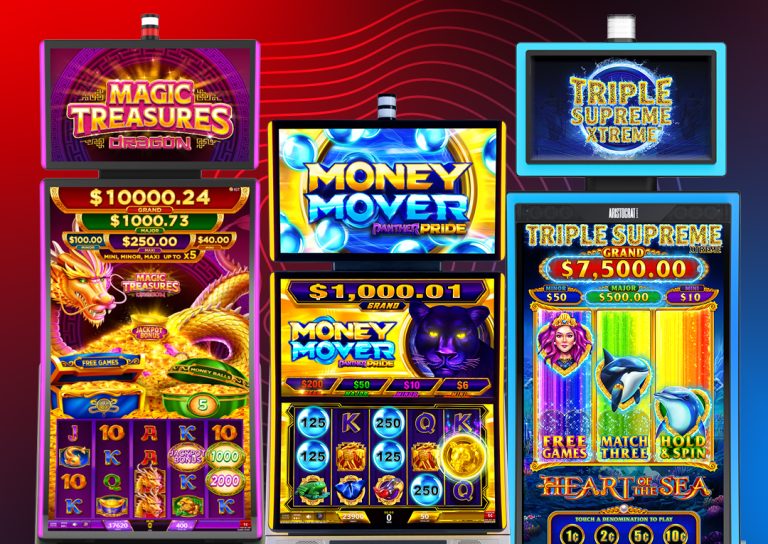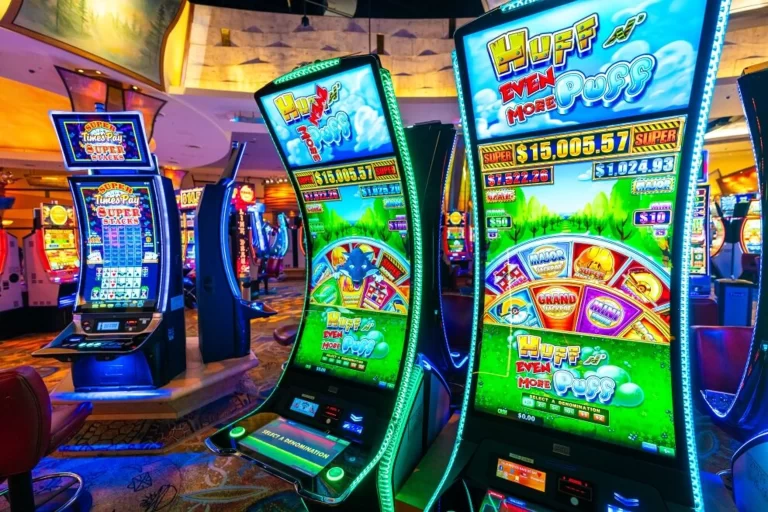
Since the first bingo-like lottery roughly 500 years ago, millions of people have discovered the joy of bingo. Regular jackpots, slow-growing progressives, and a fresh twist: high-stakes bingo games, which may suddenly turn an average person into a big roller, attract players from all walks of life. To learn more, visit live casino singapore.
The Origins of Bingo
While bingo became popular in the United States in the early twentieth century, the game’s origins date back to 1530. In Italy, a state-run lottery known as “Lo Gioco del Lotto d’Italia” began in that year. In the late 1700s, the French became interested in the lottery. One variation used a nine-column, three-row playing card with four vacant spaces per row.
The caller reached into a bag and pulled out wooden chips with the numbers 1 through 90 written on them. The winner was the first player to cover an entire row. These lottery-style bingo games quickly became popular across Europe.
Edwin S. Lowe, a poor but clever toy salesman from New York, developed bingo as we know it today. At a county fair in Atlanta, Georgia, Lowe saw a game called “Beano.” The game was named Beano because players marked their cards with dried beans when the numbers showed up. When a player completed a line of numbers, he or she would exclaim “Beano!”

Players of bingo come from all walks of life.
There is no such thing as the stereotypical bingo player. Most people prefer to mingle, which is why they go to bingo, and they may also love other competitive group activities that combine fun and friends, such as bowling. According to polls, the majority of frequent bingo players are over 45, but young people are discovering bingo as a new way to mingle every day. Men and women alike enjoy playing the game, whether alone or with a partner or companion.
How much money can you win in total
Cash is the most common bingo reward, which can range from $50 or $100 for a simple bingo in a small hall to $1 million or more in high-stakes games on Native American reservations or in casinos. Prizes can include a car, a vacation, or even novelty things (in New York, one restaurant gives away margaritas to the lucky winners).
The size of a typical jackpot is determined by the amount of money that is received. Most bingo halls are mandated to pay out at least half of the money they collect. Similarly, state or local regulations often limit the amount of money they can give out per game or session. In Georgia, for example, halls are not allowed to pay away more than $1,100 on a single occasion.







